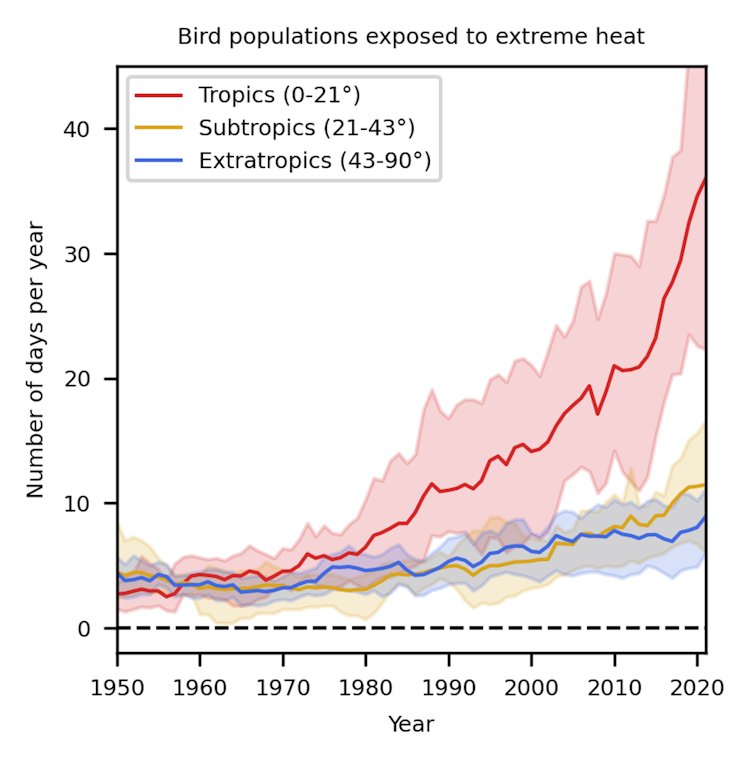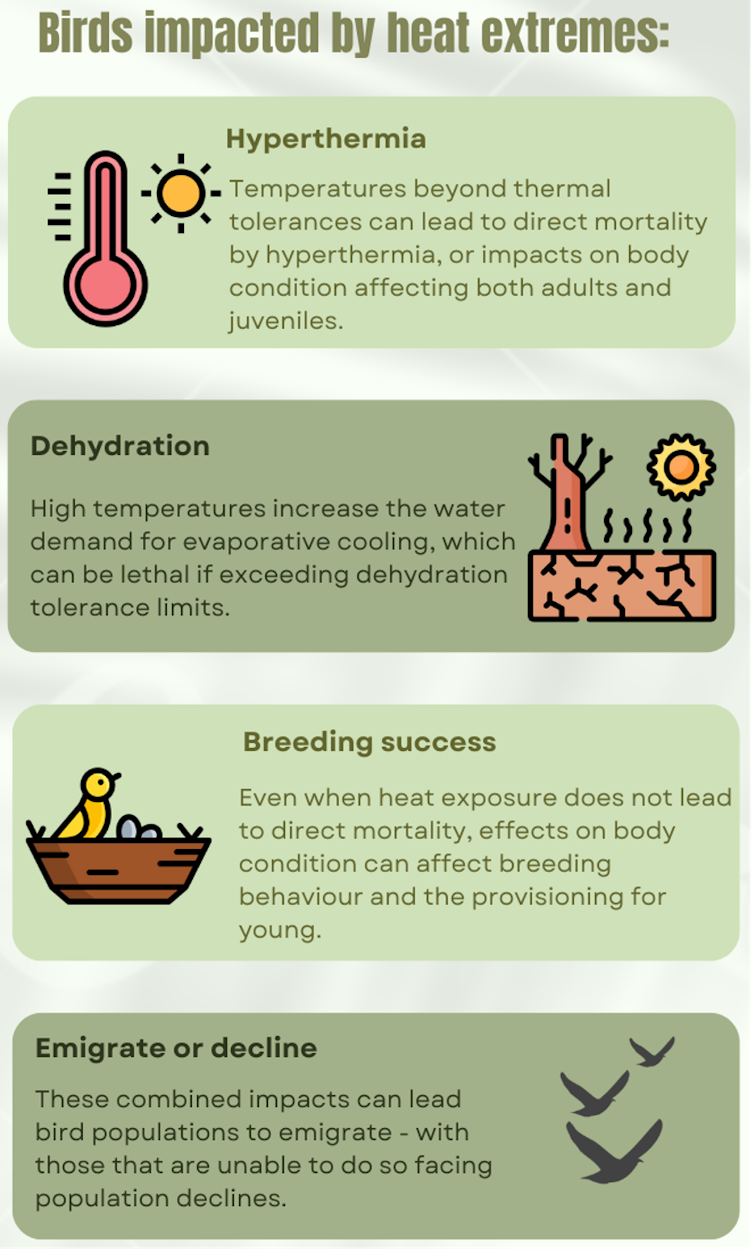Does weightlifting improve bone density?
You may have heard high-impact activity – exercise such as running, jumping, football and basketball – is good at building bone density and strength. But what about when you’re standing still, lifting weights at the gym?
The good news is weight training is great for bone health. But some exercises are more effective than others. Here’s what the science says.
What is bone density?
Bone density, also known as bone mineral density, is essentially a measure of how many minerals (such as calcium and phosphorus) are packed into your bones.
It gives you an indication of how solid your bones are, which is important because denser bones are generally less likely to break.
However, bone density is not quite the same as bone strength.
Bones also rely on a range of other compounds (such as collagen) to provide support and structure. So, even dense bones can become brittle if they are lacking these key structural components.
However, bone mineral density (measured with a bone scan) is still considered one of the best indicators of bone health because it is strongly linked to fracture risk.
While there is likely a genetic component to bone health, your daily choices can have a big impact.
What affects your bone health?
Research shows a few factors can influence how strong and dense your bones are:
Getting older: As we age, our bone mineral density tends to decrease. This decline is generally greater in women after menopause, but it occurs in everyone.
Nutrition: Eating calcium-rich foods – dairy in particular, but also many vegetables, nuts, legumes, eggs and meat – has been shown to have a small impact on bone density (although the extent to which this reduces fracture risk is unclear).
Exposure to sun: Sunlight helps your body make vitamin D, which helps you absorb calcium, and has been linked to better bone density.
Exercise: It is well established that people who do high-impact and high-load exercise (such as sprinting and weight training) tend to have denser and stronger bones than those who don’t.
Smoking: Older people who smoke tend to have lower bone density than those who don’t smoke.
Why does movement improve bone density?
In the same way that your muscles get stronger when you expose them to stress, your bones get stronger when they’re asked to handle more load. This is why exercise is so important for bone health – because it tells your bones to adapt and become stronger.
Many of us know that people at risk for bone loss – post-menopausal women and older adults – should be focused on exercising for bone health.
However, everyone can benefit from targeted exercise, and it’s arguably just as important to prevent declines in bone health.
In fact, whether you are male or female, the younger you start, the more likely you are to have denser bones into your older life. This is crucial for long-term bone health.
Do weights improve bone density?
Yes. One of the most effective exercises for bone health is lifting weights.
When you lift weights, your muscles pull on your bones, sending signals that encourage new bone formation. There is a large body of evidence showing weight training can improve bone density in adults, including in post-menopausal women.
But not all exercises are created equal. For example, some evidence suggests large compound exercises that place more load on the skeleton – such as squats and deadlifts – are particularly effective at increasing density in the spine and hips, two areas prone to fractures.
What type of weight training is best?
Lifting heavier weights is thought to produce better results than lifting lighter ones. This means doing sets of three to eight repetitions using heavy weights is likely to have a greater impact on your bones than doing many repetitions with lighter ones.
Similarly, it takes a long time for your bones to adapt and become denser – usually six months or more. This means for healthy bones, it’s better to integrate weight training into your weekly routine rather than do it in bursts for a few weeks at a time.
Exercises that use body weight, such as yoga and pilates, have many health benefits. However they are unlikely to have a significant impact on bone density, as they tend to put only light stress on your bones.
If you are new to weight training, you might need to start a bit lighter and get used to the movements before adding weight. And if you need help, finding an exercise professional in your local area might be a great first step.
Exercising for bone health is not complex. Just a couple of (heavy) weight training sessions per week can make a big difference.
If you’re concerned you have low bone density, speak to your doctor. They can assess whether you need to go for a scan.![]()
Hunter Bennett, Lecturer in Exercise Science, University of South Australia
This article is republished from The Conversation under a Creative Commons license. Read the original article.








